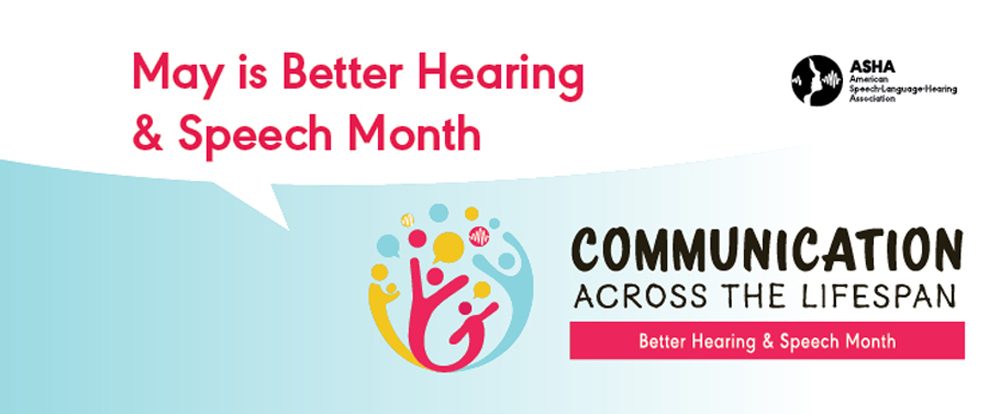Welcome to Week 2 of Better Hearing & Speech Month! This week, the conversation shifts to communication disorders in toddlers and preschoolers.
Feeding and swallowing disorders are the special focus during Week 2. Toddlers who have difficulty feeding may suffer from a swallowing disorder; this is also more prevalent in premature babies. Although some degree of problems is to be expected, lasting issues could indicate a feeding or swallowing disorder. Even picky eating or food-related tantrums may be a sign that infants are having trouble eating or swallowing. In addition to performing speech and hearing evaluations, speech-language pathologists can perform tests to better determine the processes occurring in a child’s mouth and throat when they eat.
The following articles from the American Journal of Speech-Language Pathology and Perspectives of the ASHA Special Interest Groupsaddress a wide range of issues for toddlers and preschoolers, including feeding and swallowing disorders as well as word-learning and social issues.
- Tongue Strength in Children With and Without Speech Sound Disorders. In adults, swallowing can use up to 60% of maximum tongue strength. In this study, the authors compared tongue strength in children with typical development, speech sound disorders/delays, and motor speech disorders.
- A Little PEP Goes a Long Way in the Treatment of Pediatric Feeding Disorders. Researchers addressed feeding disorders in toddlers and young children by developing the Positive Eating Program (PEP), which provides vocabulary and positive sensory experiences to look at issues such as food refusal and inappropriate mealtime behaviors. (Note: This article is available only to affiliates of ASHA’s Special Interest Groups and/or to Perspectives subscribers, but has been made available for all readers until May 27),
- Language Exposure in Bilingual Toddlers: Performance on Nonword Repetition and Lexical Tasks. Authors studied nonword repetition in bilingual children ages 2–3 years to determine whether the amount of language exposure affected nonword repetition performance.
- Observed and Parent-Report Measures of Social Communication in Toddlers With and Without Autism Spectrum Disorder Across Race/Ethnicity. The focus of this article was whether or not early social communication measures vary in children of diverse racial/ethnic status with and without autism.
- Pairing New Words With Unfamiliar Objects: Comparing Children With and Without Cochlear Implants. In this study, the author compared (a) preschool children with cochlear implants and (b) an age-matched control group to study how children map novel words and find out about unfamiliar objects.
For more information on communication or feeding and swallowing disorders in toddlers, be sure to visit ASHA’s BHSM page for sharable resources. To keep up with BHSM topics and resources, follow @ASHAWeb, @ASHAJournals, and @SIGPerspectives on Twitter!







